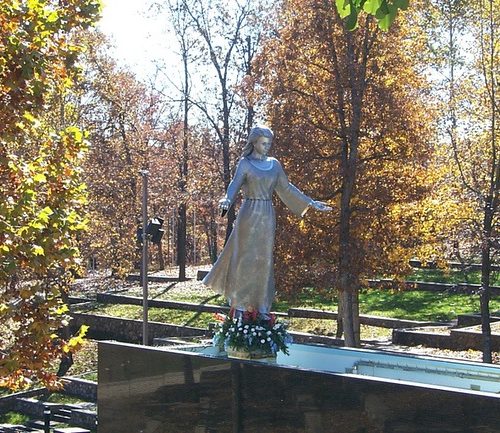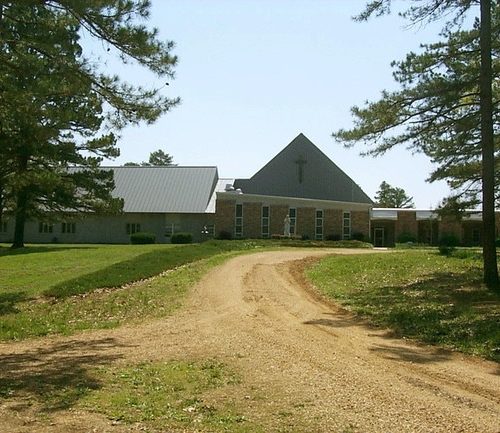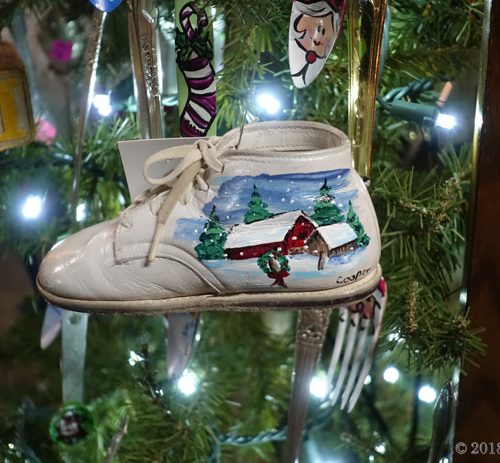This retro Ozarkian stretches back to the fall of 2000, when local St. James icon Leo Cardetti guided me on a tour of the little town of Rosati, off of I-44 near St. James, Missouri, and regaled me with stories about the school and the Knobview Boys Club.
Leo Cardetti and I stood on the stoop of the original Rosati Schoolhouse and peered through the windows at the old cloakroom and classroom. From 1936 to 1944, Cardetti attended grades 1 through 8 in this building, and he had lots of memories associated with it.
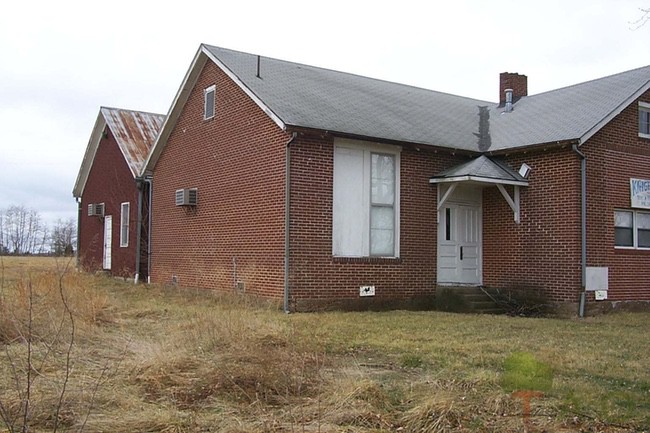 Along with the memories of attending school in Rosati, Cardetti could not help but recall a time when boys met at the Knobview Boys Club—a building once located several yards away from the schoolhouse to the west. Today the Boys Club stands directly behind the old school, since the Knights of Columbus purchased both buildings and joined them to make a big hall. Cardetti described the project: “They just knocked a hole in the side of here and a hole in the side of there and put them together.”
Along with the memories of attending school in Rosati, Cardetti could not help but recall a time when boys met at the Knobview Boys Club—a building once located several yards away from the schoolhouse to the west. Today the Boys Club stands directly behind the old school, since the Knights of Columbus purchased both buildings and joined them to make a big hall. Cardetti described the project: “They just knocked a hole in the side of here and a hole in the side of there and put them together.”
Earlier, Cardetti had agreed to give me a tour of the school and of Rosati, the town that was once called Knobview. I figured a tour from him would not only give me a chance to hear the rich history of the place, but I would also be treated to his dry and extraordinary sense of humor. Cardetti owns a business in St. James—Leo Cardetti Distributing Company—that sells industrial cleaning products and a vast line of flags and accessories.
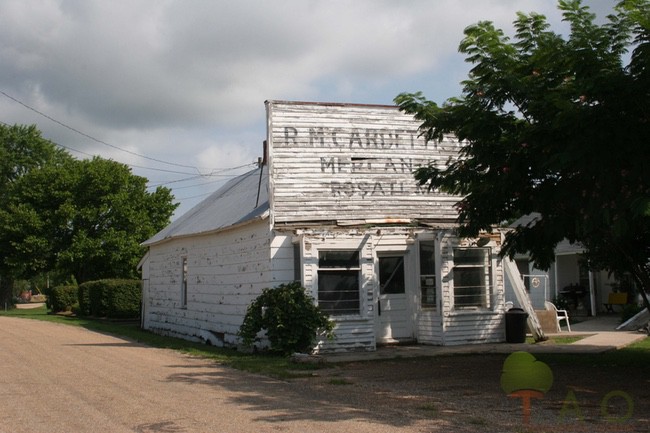
Cardetti’s family was among the first Italians to settle in the town in the late 1890s. In fact, the Cardettis lived across the street and across the railroad tracks from the schoolhouse. His father owned the general store that still bears the Cardetti family name, although now washed out from years of sun, wind and rain.
With two schoolrooms (one for grades 1-4 and the other for grades 4-8) on either side of a library, and with a red brick exterior, the old schoolhouse must have really been a deluxe model in those days. Cardetti said, “I think this was about the only brick schoolhouse in the county that I know of … In the middle, there was a big partition door that went up so when they wanted to have a play or something, they could just raise that great big door.”
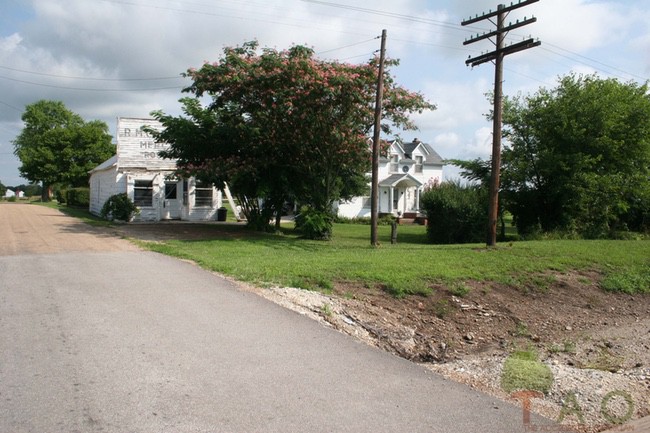 After Cardetti explained the floor plan, we started on a tour around the outside of the schoolhouse. We also took a little trip down memory lane. We walked over to the old well, where a hand pump once gushed cold water for thirsty boys and girls. We went to the back playground and Cardetti showed me where the ball field used to be. When I asked him if boys and girls played ball together, he said, “Oh, yes.” He wondered if the pond was still way out back, the one used for ice-skating in the winters.
After Cardetti explained the floor plan, we started on a tour around the outside of the schoolhouse. We also took a little trip down memory lane. We walked over to the old well, where a hand pump once gushed cold water for thirsty boys and girls. We went to the back playground and Cardetti showed me where the ball field used to be. When I asked him if boys and girls played ball together, he said, “Oh, yes.” He wondered if the pond was still way out back, the one used for ice-skating in the winters.
He also pointed to where the privies once stood. This is when I realized how upscale this school must have been for its time; not only did it have a privy for the boys and a privy for the girls—it also had a privy for the teachers!
The teachers, said Cardetti, were nuns. He recalled, “It was a public school sponsored by the county just like anything else, but the only difference was it was taught by the nuns.” He added, “Religion was taught in the morning from eight to nine. That was it. Other than that, you had a nun around.”
About pie suppers, Cardetti said, “We had pie suppers. They used money to buy this or buy that, not much. You didn’t get much, and you didn’t get much when you got the money. They probably bought the books. When you’re a kid, you don’t care about stuff like that.”
 When out of school, Cardetti and the other boys in town (including his big brothers) belonged to the Knobview Boys Club. Cardetti said he figured the clubhouse has been around at least as long as the school—perhaps 70 years—and that the boys established some mighty interesting initiation rites. Details of these rites are better left to the imagination.
When out of school, Cardetti and the other boys in town (including his big brothers) belonged to the Knobview Boys Club. Cardetti said he figured the clubhouse has been around at least as long as the school—perhaps 70 years—and that the boys established some mighty interesting initiation rites. Details of these rites are better left to the imagination.
Before Cardetti’s club days, the local boys had established another club called the Rinky Dinks. Cardetti said, “It was just something for boys to do in a small community.”
Not to be outdone by the local fellas, the girls also had a club, which met in the Knovbiew Boys Club. They, too, had initiations and secret society rules.
Dances at the Boys Club brought folks from several counties. Cardetti said, “I was born on the night of a dance.” Cardetti said, “You’d have your grandpa and your grandma and your great grandpa there and they might stay until nine o’clock, not one or two in the morning.”
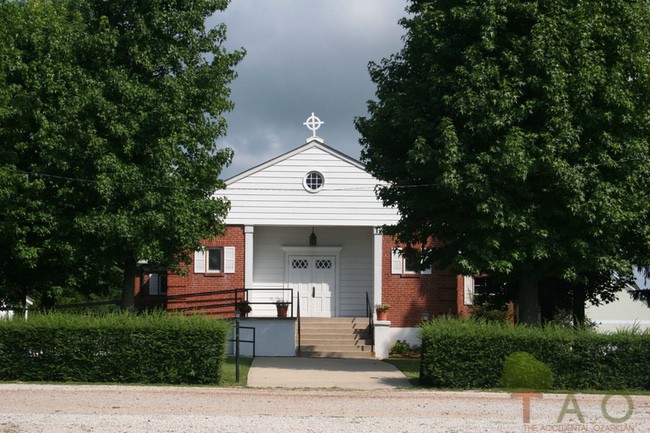
The famous Rosati spaghetti suppers, sponsored by the Catholic Church, were once held in the Knobview Boys Club, and Cardetti talked about how he hauled water from the school well to the Boys Club in order to wash the dishes outside.
When asked about the demise of the Club, Cardetti explained, “It just ceased and desisted.” Even though the school and club are gone, Cardetti sometimes goes back to the old buildings for wedding receptions and Knights of Columbus events.
Unlike most old schoolhouses in various states of disrepair around these parts, it is heartwarming to see the Rosati School and Knobview Boys Club in use today—housing a place where new memories are created for generations to come.

